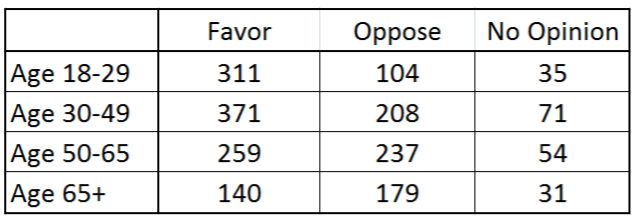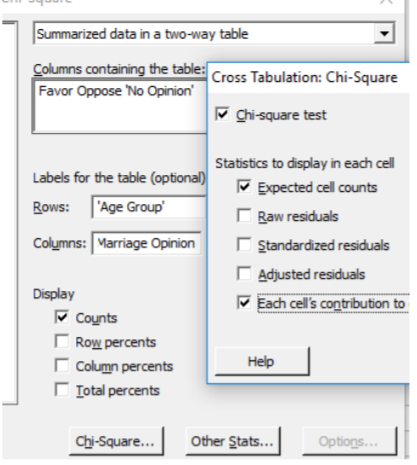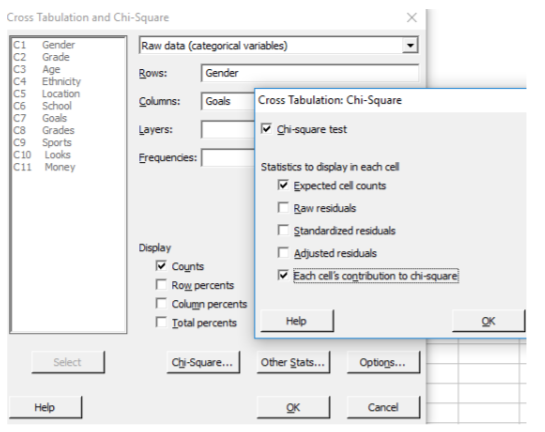15.3.11: Chapter 12 Lab
- Page ID
- 28625
\( \newcommand{\vecs}[1]{\overset { \scriptstyle \rightharpoonup} {\mathbf{#1}} } \) \( \newcommand{\vecd}[1]{\overset{-\!-\!\rightharpoonup}{\vphantom{a}\smash {#1}}} \)\(\newcommand{\id}{\mathrm{id}}\) \( \newcommand{\Span}{\mathrm{span}}\) \( \newcommand{\kernel}{\mathrm{null}\,}\) \( \newcommand{\range}{\mathrm{range}\,}\) \( \newcommand{\RealPart}{\mathrm{Re}}\) \( \newcommand{\ImaginaryPart}{\mathrm{Im}}\) \( \newcommand{\Argument}{\mathrm{Arg}}\) \( \newcommand{\norm}[1]{\| #1 \|}\) \( \newcommand{\inner}[2]{\langle #1, #2 \rangle}\) \( \newcommand{\Span}{\mathrm{span}}\) \(\newcommand{\id}{\mathrm{id}}\) \( \newcommand{\Span}{\mathrm{span}}\) \( \newcommand{\kernel}{\mathrm{null}\,}\) \( \newcommand{\range}{\mathrm{range}\,}\) \( \newcommand{\RealPart}{\mathrm{Re}}\) \( \newcommand{\ImaginaryPart}{\mathrm{Im}}\) \( \newcommand{\Argument}{\mathrm{Arg}}\) \( \newcommand{\norm}[1]{\| #1 \|}\) \( \newcommand{\inner}[2]{\langle #1, #2 \rangle}\) \( \newcommand{\Span}{\mathrm{span}}\)\(\newcommand{\AA}{\unicode[.8,0]{x212B}}\)
Chi‐square tests for categorical data
Open MINITAB file lab11.mpj from the website.
- A sample of motor vehicle deaths for a recent year in Montana is broken down by day of the week. Test the claim that fatalities occur with equal frequency on the different days (\(\alpha =5\%\)).
| Sun | Mon | Tue | Wed | Thu | Fri | Sat |
|---|---|---|---|---|---|---|
| 35 | 21 | 22 | 18 | 23 | 29 | 45 |
- State the null and alternative hypotheses in words.
- State the null and alternative hypotheses in population parameters.
- What model are you choosing and what assumptions are needed?
- The data is in the first 2 columns of the Mintab worksheet. Conduct the test at a significance level of 5%, using MINITAB command: Stat>Table > Chi Square Goodness of Fit. Set the Observed Counts to the column you just entered and choose Equal Proportions. Paste the results here.
- Do you reject or fail to reject \(H_o\)? Then state your conclusion in the context of the problem.
- Pew Research conducted a poll of 2000 American adults asking whether they Favor or Oppose same‐sex marriage. The data is summarized in the two‐way table shown below. Conduct a hypothesis test to determine if Americans’ opinions about same‐sex marriage are age related?

- Before conducting the test, determine the percentage in each group that supports same sex marriage. Describe the trend.
- Now we will conduct the test. State the null and alternative hypotheses.
- What model are you choosing and what assumptions are needed?
- The table above has been entered in columns 4 to 7 of the Minitab file. Conduct the test at a significance level of 1%, using MINITAB command: Stat>Table > Crosstabulation/Chi Square. Choose Summarized Data. Highlight columns that contain the table. Paste the results here.

- Do you reject or fail to reject \(H_o\)? Then state your conclusion in the context of the problem.
For questions 3 and 4, the popular data starts in column 9. Use the MINITAB command Stat>Table > Crosstabulation. Choose Raw Data. To run the Chi Square test of independence, Click Chi‐square and check the options as shown. Run these tests at a significance level of 5%.

- Test for dependence between location and goal for elementary school students.
- State the null and alternative hypotheses.
- Run the test and paste the results here.
- Do you reject or fail to reject \(H_o\)? Then state your conclusion in the context of the problem.
- Test for dependence between gender and goal for elementary school students.
- State the null and alternative hypotheses.
- Run the test and paste the results here.
- Do you reject or fail to reject \(H_o\)? Then state your conclusion in the context of the problem.


